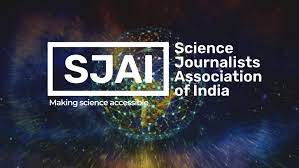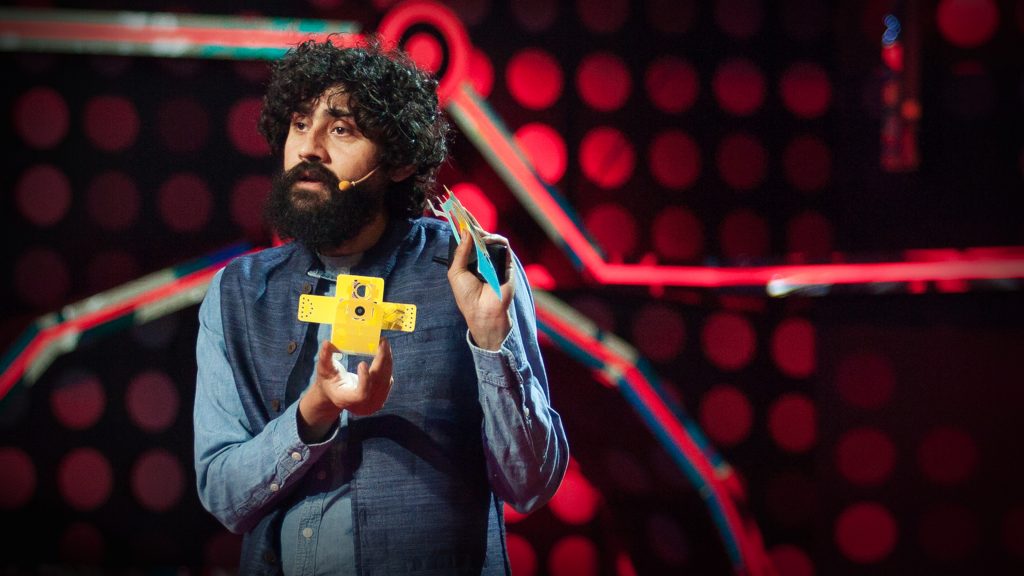
The WFSJ is pleased to welcome the Science Journalists Association of India as its latest member. Based in the national capital of Delhi, this new organization was legally registered last September, although as inaugural president Subhra Priyadarshini explains, its roots go back much further.
“The idea of an Indian science journalists’ association had been brewing since 2009, when I first attended the WCSJ in London,” she says.
She and her colleagues continued this concept for many years, while volume of science writing in the country continued to grow. “In 2019, a bunch of young science journalists rekindled the idea of an association to capture this growing energy in science journalism.”
The Covid-19 pandemic dragged out the exercise for another couple of years, as bureaucratic processes ground to a halt. With the official recognition of the Indian government and now membership in the WFSJ, Priyadarshini is eager to act on the SJAI’s mandate.

“We aspire to be the voice of science journalists of India and to facilitate deeper understanding of science related issues among State authorities, media houses and academics,” she explains. “The association not only wants to provide young science journalists the mentorship they need but also facilitate reverse mentoring to senior peers in subjects like data science journalism and multimedia that millennials champion. All this while ensuring that science journalists from diverse communities and identities across India’s massive geographical expanse are able to avail equitable opportunities and resources for professional development and peer support.”
SJAI has assembled a database of some 50 professional journalists working full-time or as freelancers. With upward of 143,000 registered newspapers and periodicals across the country, Priyadarshini and her colleagues see plenty of room to broaden the impact of science journalism in India. At the same time, these practitioners face the familiar challenges of building a paying audience for their stories, as well as competing with the effects of misinformation.
“We want to create a community of practice that facilitates the growth of science communication, and stands up against the proliferation of pseudoscience, anti-science and fake news in the media,” she says. And she is encouraged by rising public interest in matters of science and technology, highlighted by “frugal science” innovations such as the simple “foldscope” microscopic viewer developed and popularized by Indian bioengineering Professor Manu Prakash.
“SJAI’s coming together with WFSJ will only open up a world of possibilities for science journalists from underserved areas across this vast country and raise the bar for standards of practice for science journalism,” concludes Priyadarshini.